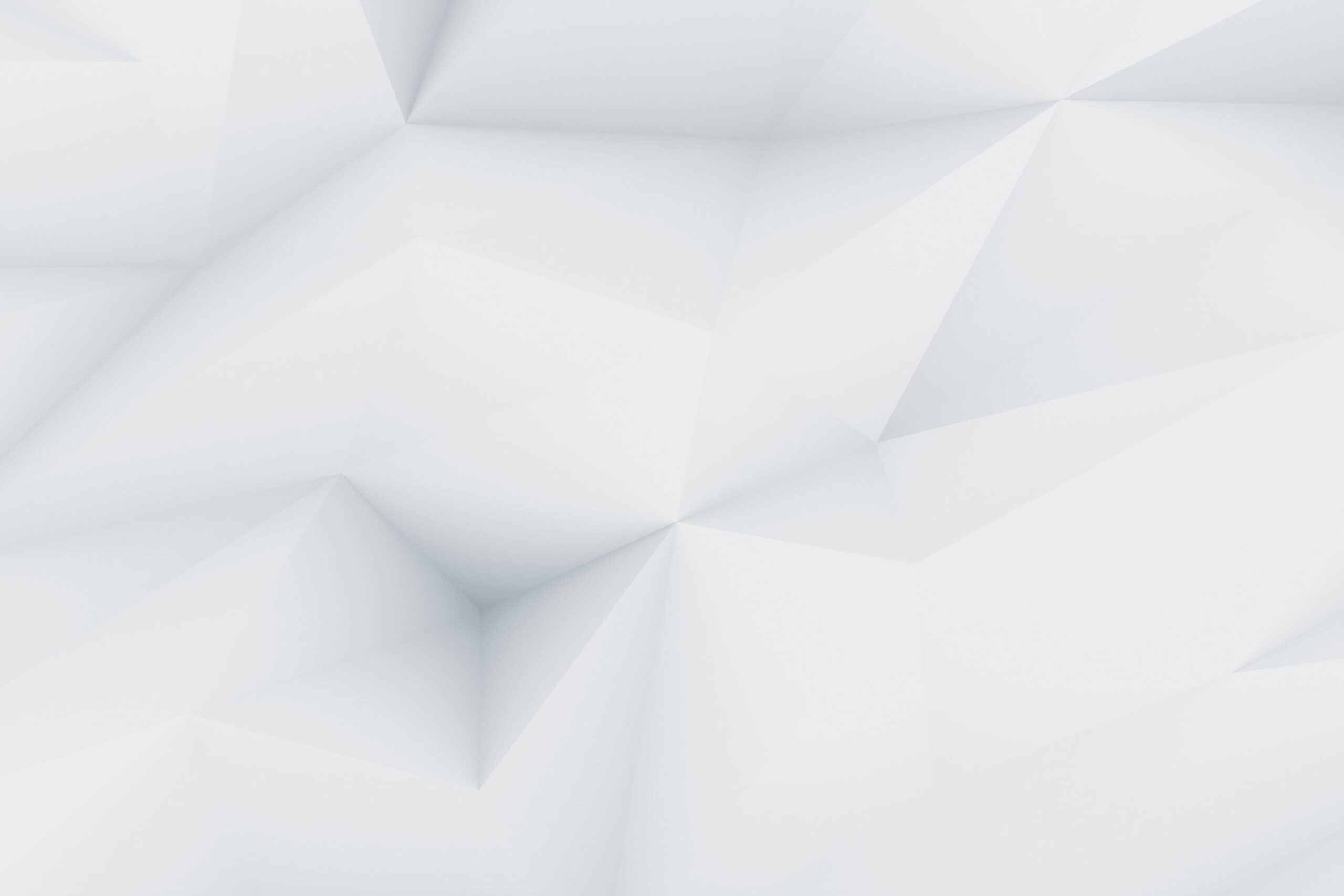May 26–August 15, 2022
Grid Island emphasizes “production as the condition and process of generating discourses,” above fundamental tasks of a museum such as collection, research, exhibition and education. In the history of art, works have been produced in line with societal and technological development. Today, the concept of production highlights art making itself, collaborations with shared objectives or industrialized modes of production. These categories do not adhere to a single concept but are discussed in various levels depending on the subject matter or medium of the work. The concept of production has been shifting according to the expansion of media and works designated to respond to curatorial presentations in exhibitions. However, modes of production that emphasize the expansive scale of work became less relevant, as the economic growth slowed down and the global pandemic caused a variety of restrictions.
Grid Island imagines a form of contemporary art that transits from media to data as well as a new creative platform that can respond to this shift. The exhibition configures potentials of the world wide web, which transcend spatial and temporal limitations and enable sharing and collaboration as its framework. For this, Grid Island establishes a production platform that traverses the virtual and the real to suggest a new mode and concept of production.
SeMA Nanji Residency was founded in 2006 utilizing vacant spaces alongside landfill leachate facilities with the aim to foster emerging artists’ continuous creative practice. Year after year, its strategy developed beyond providing physical “space” for creation. It also became a site for experimenting exhibition formats for the “product” of their work. By means of an incubating program that centers the “artist,” it expanded the definition of institutional support. Such programs gradually progressed through the condition of “production” based on process and methodology. In the early 2000s, artist residencies hosted by public institutions were introduced to the South Korean scene as a model for urban regeneration and public programs making use of vacant spaces. Since the first phase, SeMA Nanji Residency operated various programs to support resident artists through exhibitions, criticism, re-education and international exchange on top of providing studios as a working base. In line with it, Grid Island intends to delineate the role of production, of which artist residencies have been in charge in South Korean contemporary art. The exhibition aims to deal with the keywords of “space,” “artwork,” “artist” and “production” in a non-linear way. These keywords have been focal to SeMA Nanji Residency’s programs that evolved over the past sixteen years.
Like the digital interface that arrange the data in parallel rows, the exhibited elements are not divided but spread homogeneously in the space. In this way, works operate like data and the exhibition functions as a database. The exhibition consists of three sections, each dealing with a specific node of art production. “Data Center” presents modes of collecting, editing and reproducing data with works by Ikhyun Gim and Woomin Hyun, Sungseok AHN, and Eunjoo Hong. “Data Export” transfers immaterial data to the real world as physical bodies with works by Ahram Kwon, Kim Donghee, Nicolas Pelzer, SungHong Min, Jungki Beak, Daisuke Ida x PARK Sunghwan and Jeong Jinhwa. Finally, “Metadata” scrutinizes tendencies of data production and consumption as well as media environment with works by Eunsol Lee, Eunhee Lee x Shinjae Kim and Suji Han.
When lines span horizontally and vertically, a set of sections are generated. We call this dense net of relations a grid. An online residency was shaped as an apparatus traversing online and offline and a new condition of production, under which multiple creators can interact on a web basis. For this, Game-Sandbox-Residency (hereafter GSR) is constructed to share data by inserting artistic media of flat works, sculpture, architecture and sound as game components for creating a “world.” GSR is an online residency with participants Nicolas Pelzer, Sungseok AHN, Daisuke Ida, Eunsol Lee, Jeong Jinhwa and Suji Han. Simultaneously, it is a tool for creation and a kind of game.
Offline collaborations continue in the physical dimension as well. Ikhyun Gim and Woomin Hyun formed a rather temporary collective, yet they collected sound and image under the physical restriction and distance between South Korea and Japan, and arrayed their result in the exhibition. Together with curator Shinjae Kim, Eunhee Lee conceived her work following the methodology of video making and executed the actual production. Daisuke Ida and curator PARK Sunghwan pursued production methodology through a type of localizing strategy to overcome physical and linguistic distance between them.
We invite the viewers to Grid Island to contemplate how immaterial data became the realization of the virtual, which ceaselessly interacts with our reality. While the exhibition retrieves the role of artist residency, it pursues the recognitions about contemporary art environment as well as possibilities of improvements on the institutional level. We hope it will be a chance to experience the variety of production methods and the new possibility of creating through the process of sharing and collaboration.
Artists: Ahram Kwon, Kim Donghee, Ikhyun Gim and Woomin Hyun, Nicolas Pelzer, SungHong Min, Jungki Beak, Sungseok AHN, Daisuke Ida × PARK, Sunghwan, Eunsol Lee, Eunhee Lee × Shinjae Kim, Jeong Jinhwa, Suji Han, Eunjoo Hong
Organized by Seoul Museum of Art.
Seoul Museum of Art (SeMA)
61 Deoksugung-gil, Jung-gu
Seoul
South Korea



















